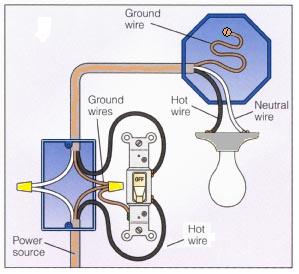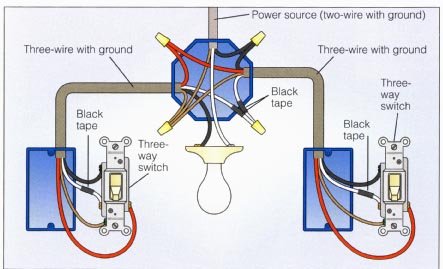Hi Alexander,
I'm happy you like it ;)
1, I don't know about 110V but I think that HLK-PM01 is capable to run on 110V too. So it should be ok in US.
2, It's actually D2 and yes you can connect analog switch. What you need is L/N cables under switch to power Swifitch. It need to have both and N isn't always available under switches so it depends on your house wiring.
3, Wiring of analog switch is easy, just completely remove any high voltage wires from the analog switch and connect the contact to 3V3 from Swifitch to analog switch, output from analog switch to pin D2 and then bridge D2 and GND on Swifitch with 10k Ohm resistor which will pulldown the D2 pin to register correctly when analog switch is disconnected from 3V3. All the functionality should be in firmware itself, I have done the changes for my friend who has wiring so he could use it this way and he is happy with that. Thought it wasn't designed with analog switch in mind.
Hope this is clear ;), otherwise let me know.
BR,
Martin




Hi,
First of all, huge thanks for this awesome project!
I would like to try to install it behind existing light switches and rewire them so I can reuse the actual physical switch to control the lights + have the ability to do it remotely.
1) It looks like the main component which would depend on the mains voltage is the Hi-Link HLK-PM01, and it seems that its compatible with both 220 and 110V. Do you know about any other components which may be affected? Can it be used in the US?
2) Second question is regarding the physical switch. I read the firmware source code, and it looks like I can connect the 'analog' switch to D4... Have you tried to use it in a similar setup? I want to have both a physical switch + remote control.
3) if the previous question is indeed possible, can you please explain how to wire it? I think it will be beneficial to add to Readme as well. (How to connect the existing switch to D4 so it acts as a button + connecting the mains to swifitch)